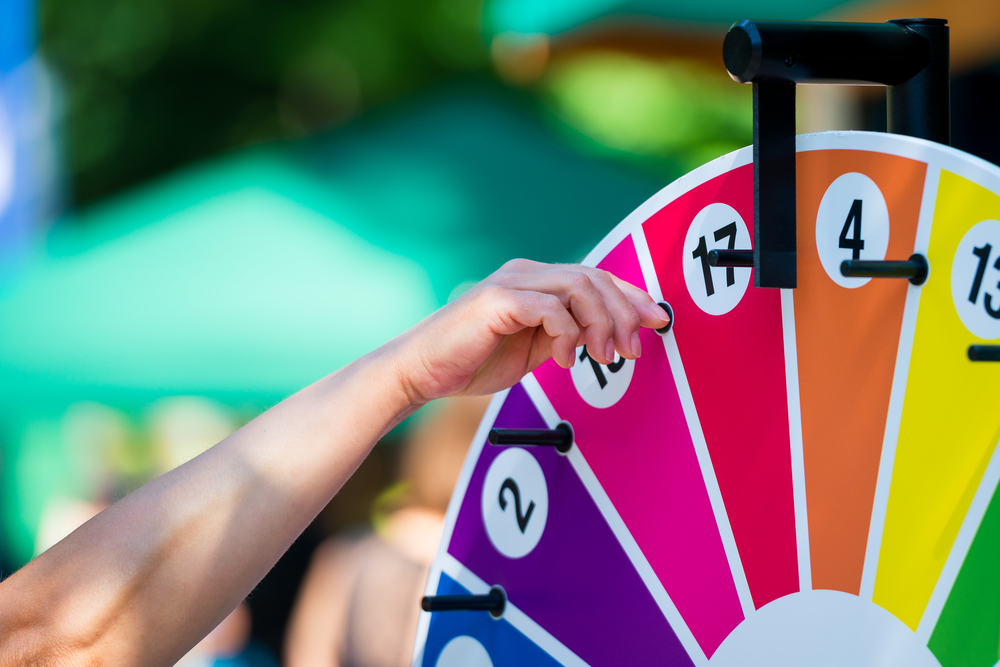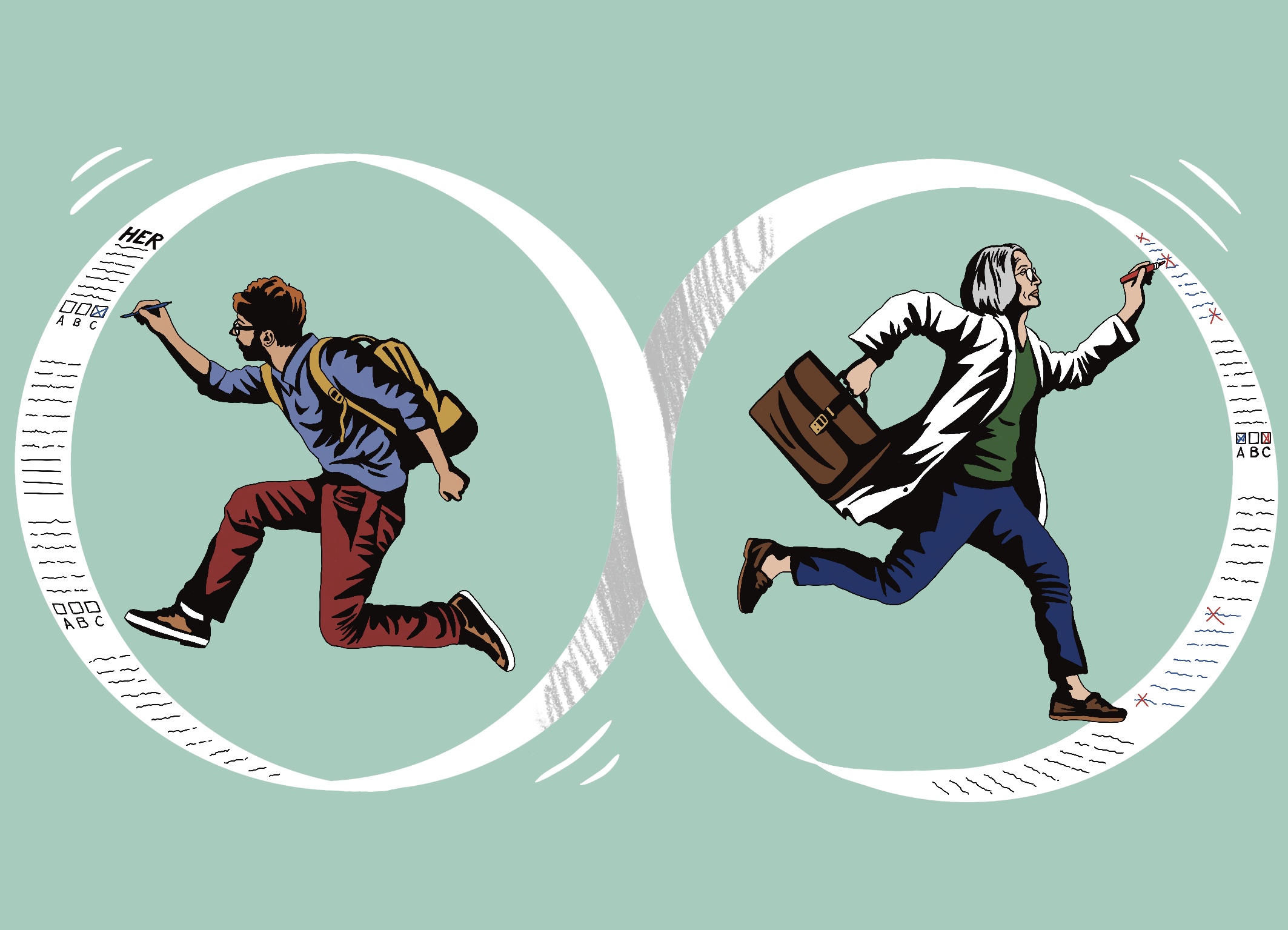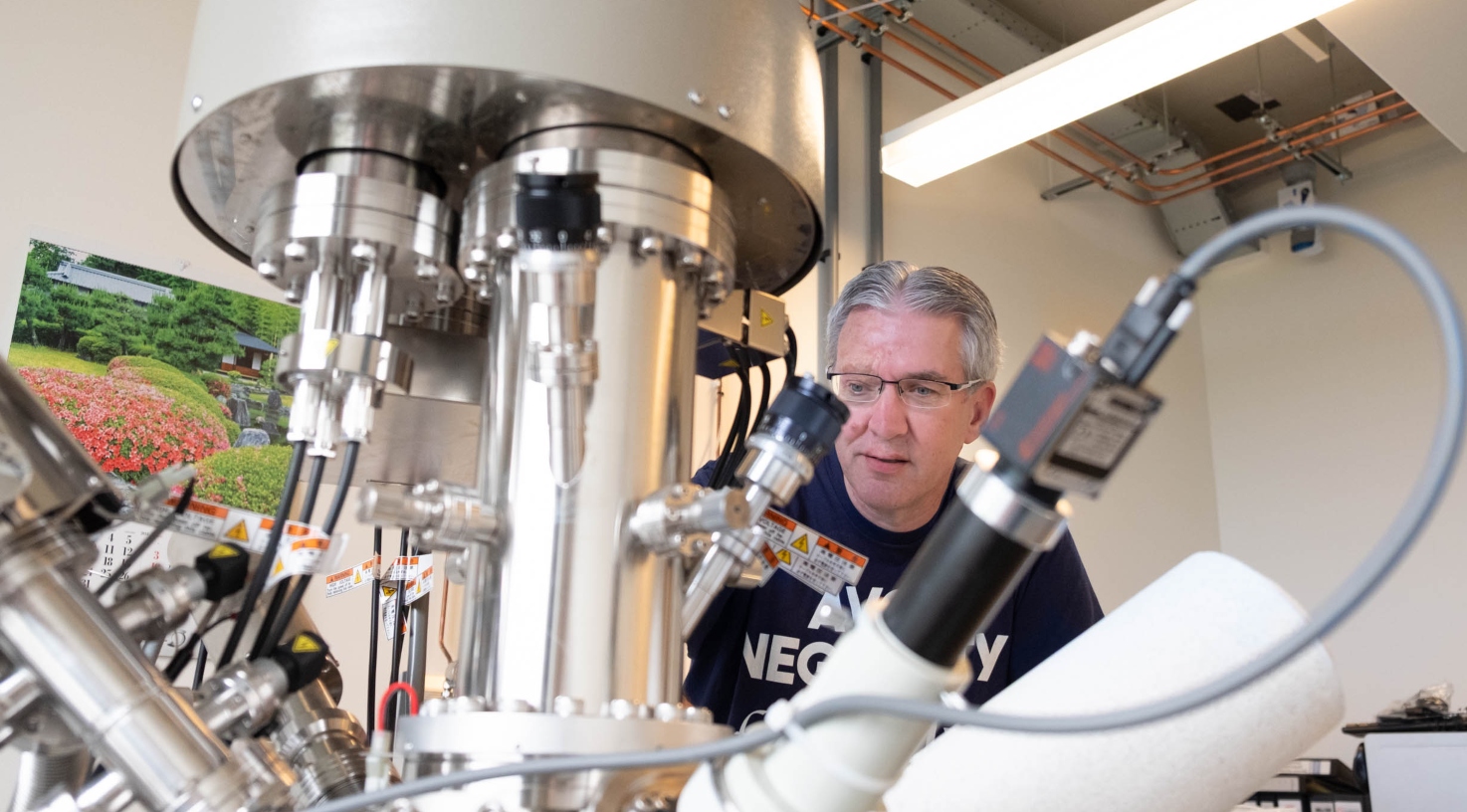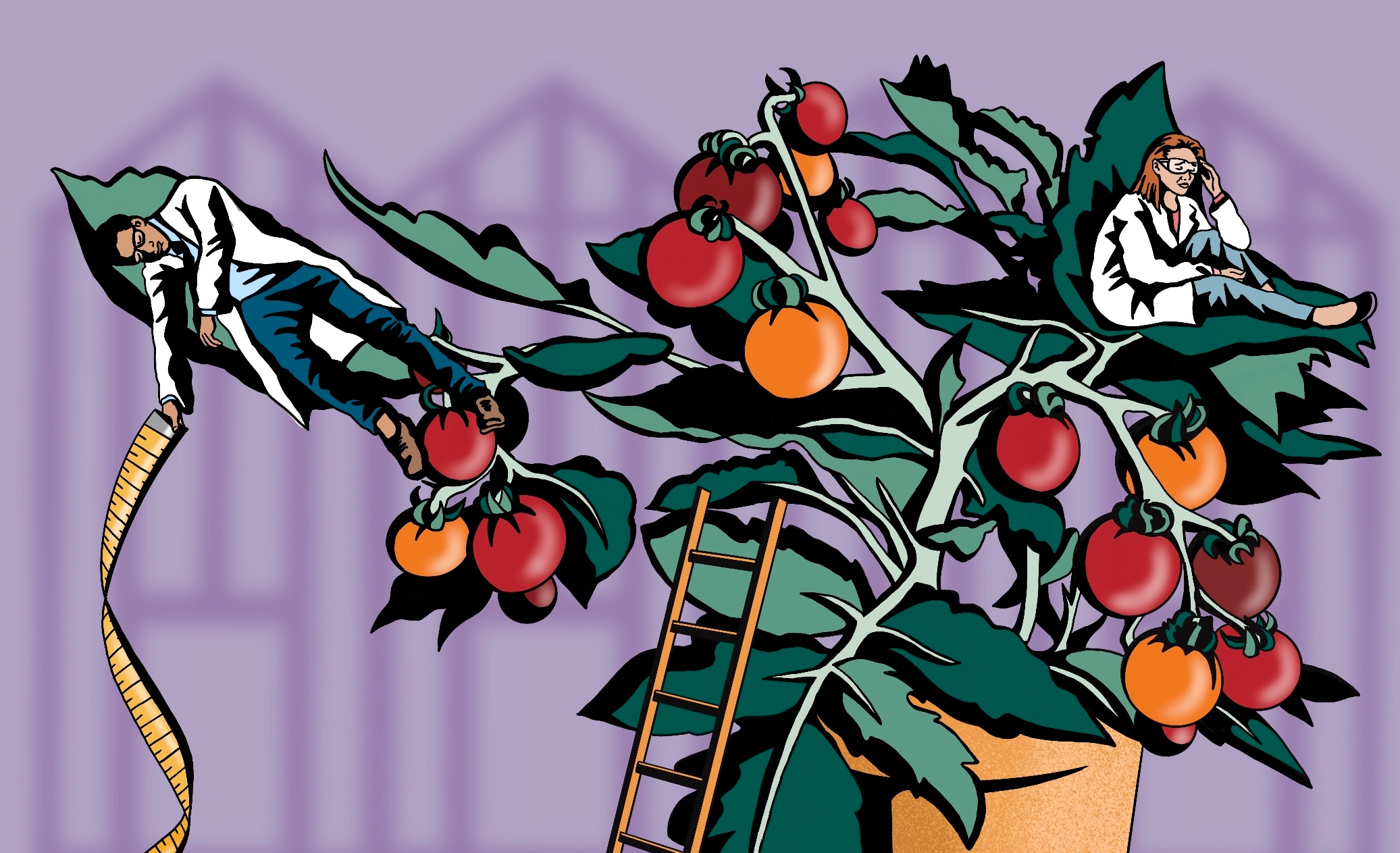It is certainly unusual. The winners of the Centre for Unusual Collaborations (CUCo) grants were announced Wednesday 18 January. The selection was made not based on a jury report but through a draw—a much-needed approach, according to director Corinne Lamain.
The Centre for Unusual Collaborations (CUCo) is an initiative within the EWUU alliance between the TU Eindhoven, WUR, Utrecht University and UMC Utrecht. Launched to foster new collaborations between the four institutes, the centre awards annual grants for unusual interdisciplinary projects: the Unusual Collaborations grants (UCo). In doing so, CUCo experiments with new forms of funding. Last December, they selected their winners through a lottery system, they announced on Wednesday.
Trust
‘There are two reasons why draws are sorely needed,’ says Corinne Lamain, who works at WUR and is the director of CUCo. ‘Firstly, the current grant applications are extremely time-consuming.’ Researchers and assessors spend a lot of time on proposals, of which the majority are rejected. This contributes to high work pressure. ‘Second, we focus on interdisciplinary research, which differs from standard applications in that the precise details of the study are not entirely clear at the start.’ However, this does not mean that anyone can join the lottery. Participants must have first been awarded a starters grant (Spark) or UCo grant, for which the standard selection procedures apply.
The participants submitted a concise proposal for the lottery, describing who was in their team and a short description of the intended research. The CUCo board checked whether the idea matched its mission: unusual, ambitious and interdisciplinary research. A quality assessment is not needed, according to Lamain. All researchers come from one of the EWUU alliance’s four partners, which is sufficient proof of their competence. ‘CUCo operates on the conviction that these researchers can generate excellent research together.’
Inclusive and fair
Seven teams were awarded their grant; three were not. Still, the losers remain enthusiastic about the draw as an instrument, says Lamain. The winning interdisciplinary projects include topics such as water security, chronic pain, the scarcity of workers in the employment market and cohabitation between humans and animals.
A draw makes the process fairer and more inclusive
Corinne Lamain, director of CUCo.
A draw fits in with the type of research CUCo funds but is not always the best option, Lamain says. ‘When selecting specialised research where scientific excellence is a vital criterium, including expert opinions is helpful. But CUCo funds research on new topics and with new collaborations between disciplines. Thus, we choose an approach that puts the process first and where the output has not been predefined. This has the added advantage of eliminating every form of unconscious bias. The process thus becomes fairer and more inclusive.
Lotteries elsewhere
New Zeeland and Switzerland already use the lottery approach for their Explorer and Experiment! grants, which also focus on high-risk explorative research. Prominent research financiers in the Netherlands, such as the Dutch Research Council (NWO), are not enthusiastic yet. In May 2022, NWO director Marcel Levi called a draw to award grants a lazy solution in an interview (in Dutch). At the same time, there has been increasing criticism of standard assessment methods in recent years. Between the best and worst proposals is a large chunk of proposals that are good enough, and minor differences in assessments may hinge on (sometimes unconscious) bias and preferences the jury members may have. That process feels like a lottery to some scientists.

 CUCo selected seven interdisciplinary projects through a draw. Photo: Shutterstock.
CUCo selected seven interdisciplinary projects through a draw. Photo: Shutterstock. 

